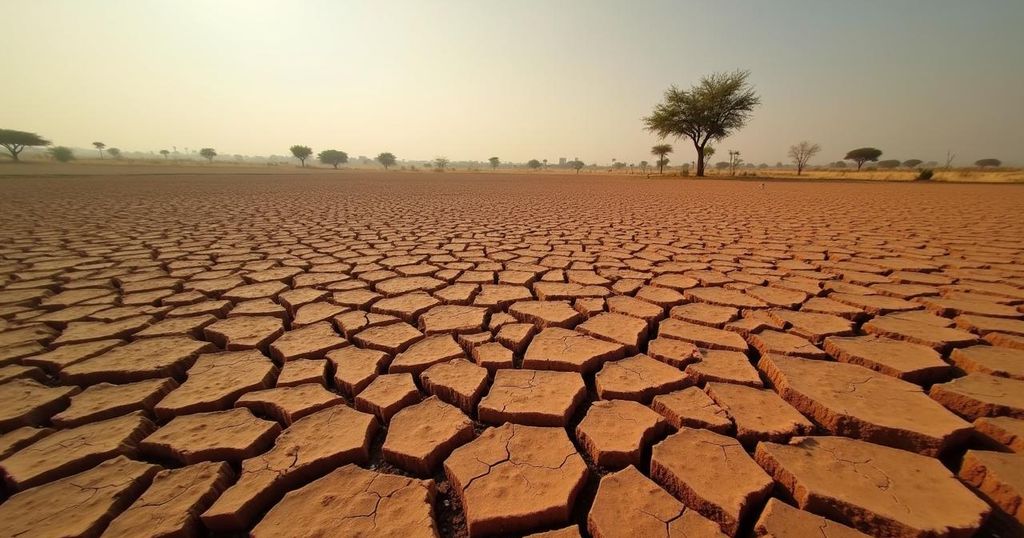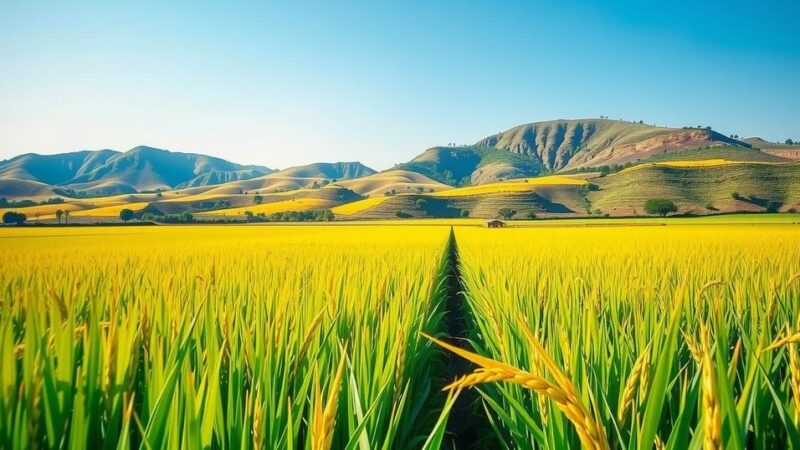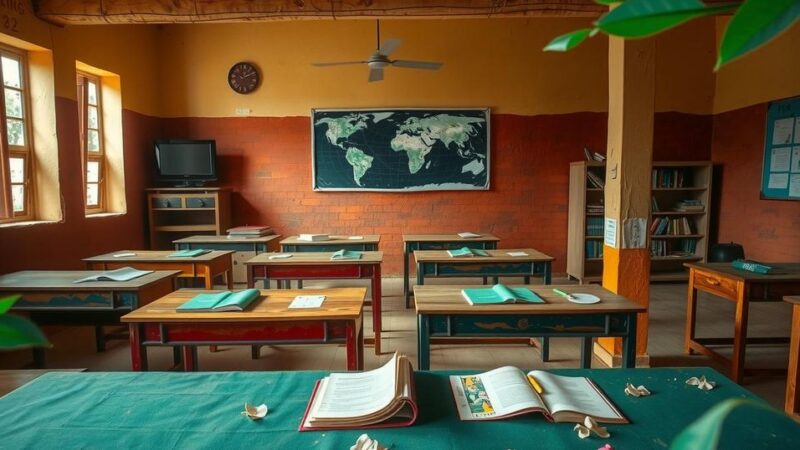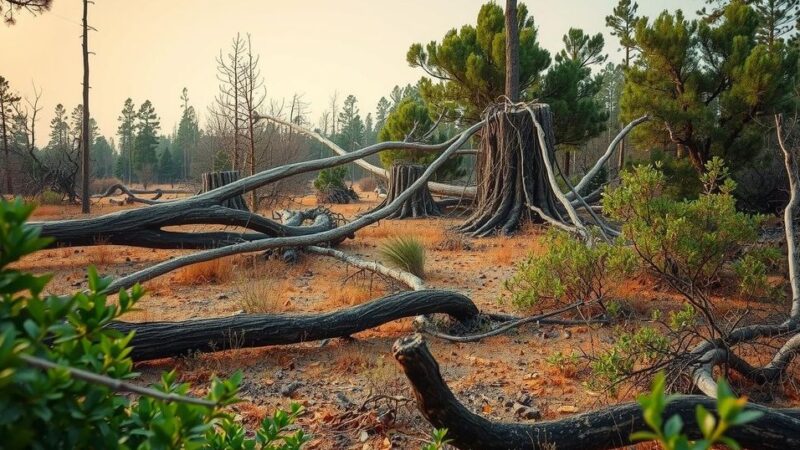Southern Africa is currently facing its worst drought in a century, endangering the lives of over 27 million people, including 21 million malnourished children. Major crop failures have occurred across Lesotho, Malawi, Namibia, Zambia, and Zimbabwe, escalating food insecurity and prompting national disaster declarations. The situation is expected to worsen until the next harvests, largely due to the prolonged effects of El Niño and climate change.
Millions are facing dire food shortages in Southern Africa due to an unprecedented drought that has gripped the region. The United Nations has reported that over 27 million individuals, including 21 million children who are now malnourished, are suffering from this crisis, which is considered to be the most severe in a century. The drought has prompted declarations of national disaster in Lesotho, Malawi, Namibia, Zambia, and Zimbabwe as agricultural outputs have significantly collapsed, resulting in widespread famine and hardship. Angola and Mozambique are also grappling with the repercussions of this catastrophe. According to Tomson Phiri, spokesperson for the World Food Programme (WFP), “A historic drought – the worst food crisis yet – has devastated more than 27 million lives across the region. Some 21 million children are malnourished.” As October marked the beginning of the lean season in Southern Africa, conditions are expected to deteriorate further before the expected harvests in March or April next year. The El Niño weather phenomenon, responsible for below-average rainfall and compounded by escalating climate change effects, has been a significant factor in this disaster. In Zambia and Zimbabwe, agricultural losses have reached staggering levels, with 70 percent of crops in Zambia failing and 80 percent in Zimbabwe. The severe lack of rain has also diminished hydropower output, resulting in extensive power outages across the region. In desperate measures to alleviate food shortages, both Namibia and Zimbabwe have resorted to culling wildlife, including elephants, for human consumption. Experts have expressed grave concerns about the climatic vulnerabilities of sub-Saharan Africa, where economies predominantly depend on rain-fed agriculture. The lack of resources for climate adaptation exacerbates the challenges faced by these nations as they struggle to cope with the implications of climate change-driven phenomena.
In recent years, Southern Africa has been increasingly vulnerable to climatic disruptions, particularly in light of climate change and natural weather variations. The region relies heavily on rain-fed agriculture, making it especially susceptible to droughts. The recent drought, attributed partly to the El Niño phenomenon, has compounded existing vulnerabilities and is projected to aggravate food insecurity. Coupled with rising temperatures, the area is experiencing significant agricultural devastation, leading to humanitarian crises.
In summary, the ongoing drought in Southern Africa represents a catastrophic humanitarian crisis, threatening millions of lives and livelihoods. With climatic conditions showing no signs of improving, the region’s future food security remains at serious risk, urging urgent international support and intervention. The situation underscores the need for both immediate relief measures and long-term strategies to combat climate change impacts in vulnerable regions.
Original Source: www.aljazeera.com






